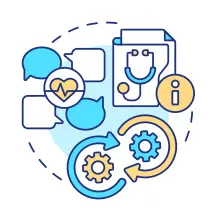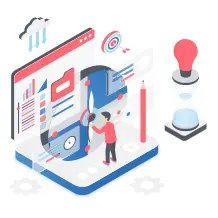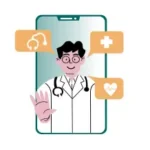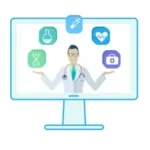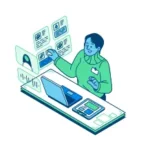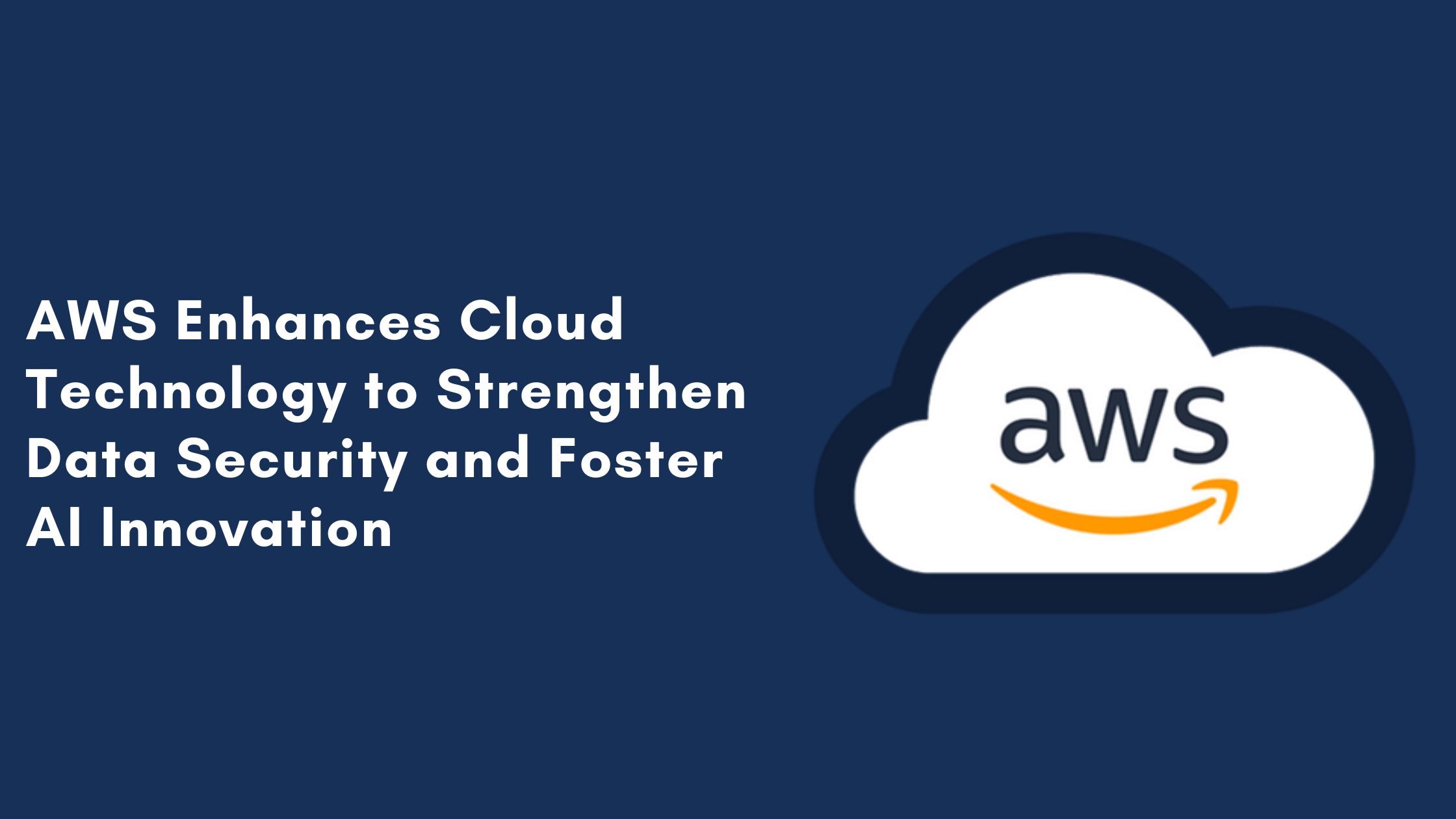
The efficient use of electronic health records (EHRs) is essential for providing high-quality patient care in the constantly changing healthcare environment of today. One of the top providers of EHRs, Epic Systems, is crucial to this transition. Healthcare businesses need to make sure their staff is well-trained in order to fully utilize Epic. We will examine the best methods in this blog on How to Deliver the Best Epic Training in Healthcare so they can get the most out of their investment and enhance patient outcomes.
How to Deliver the Best Epic Training in Healthcare
1. Understand Your Audience
It’s critical to comprehend the wide range of learners in a healthcare firm prior to starting Epic training. Administrators, nurses, IT personnel, clinicians, and others may be considered Epic end-users. Every group has distinct preferences and requirements for learning. It is essential to modify the training to meet these various needs. Determine which jobs exist within your company, administer surveys, and obtain input to develop a training program that satisfies the unique needs of every department.
2. Establish Clear Objectives
Without specific goals, training is like sailing without a compass. Identify particular learning objectives for every audience in order to give Epic training that works. These goals must to be in line with the organization’s aims, which could include enhancing patient care, cutting down on errors in documentation, or simplifying operations. Establishing clear objectives aids in understanding the goal and anticipated results of the training for both instructors and students.
3. Develop a Robust Curriculum
After goals are established, develop a thorough curriculum. Make sure it addresses important subjects pertinent to each user’s position. Epic training needs to be customized to each person’s needs rather than being a one-size-fits-all approach. A mix of online courses, practical instruction, workshops, and role-specific situations should be included in the curriculum.
4. Engage with Expert Instructors
Quality trainers play a significant role in the success of Epic training programs. Healthcare organizations should invest in expert instructors who not only possess in-depth knowledge of Epic but also understand the healthcare industry and the specific challenges faced by healthcare professionals. These instructors should be effective communicators, capable of simplifying complex concepts and adapting their teaching methods to different learning styles.
5. Utilize Interactive Learning Methods
There should be more to epic training than just lectures. Use interactive learning strategies to draw in and keep students. Training sessions can be enhanced by the use of practical exercises, case studies, role-playing, and simulations. Users can practice real-world scenarios through interactive learning, which increases their confidence and proficiency using Epic.
6. Provide Accessible Learning Materials
Use technology to provide learners with easy access to training materials. This entails setting up an online resource library including FAQs, video tutorials, and user manuals. Healthcare companies should also spend money on learning management systems (LMS), which give students access to training materials and progress monitoring. By enabling users to review materials at any time, they may encourage continuous learning and skill retention.
7. Promote a Blended Learning Approach
A blended learning approach combines online and in-person training. This combination allows healthcare organizations to leverage the benefits of both modalities. Online modules can provide a solid foundation, while in-person sessions offer opportunities for hands-on practice, peer interaction, and immediate clarification of doubts. Blended learning maximizes training effectiveness and caters to various learning preferences.
8. Implement Realistic Scenarios
Realistic circumstances are essential to Epic training. Healthcare workers deal with difficult and stressful situations all the time. Through the integration of real-world scenarios into training, learners can enhance their readiness for complex circumstances. The use of emergency situations and simulated patient cases helps patients become more comfortable and proficient using Epic during real patient care.
9. Continuous Assessment and Feedback
It is essential to regularly assess students in order to monitor their progress. Make tests and quizzes to gauge how well people comprehend the features of Epic. Reactions are just as significant. Promote open lines of communication so that students can clarify things and ask questions. Establish mentorship programs and peer reviews to foster a positive learning environment.
10. Foster Collaboration and Peer Learning
During training, encourage cooperation among your medical staff. Promote collaboration and peer education. This strategy fosters a feeling of community among users inside the company in addition to assisting them in learning from one another. Think about setting up discussion boards or forums where students may share their insights and experiences with Epic.
11. Support for Resistance and Change Management
Resistance to change is common when implementing new technologies like Epic. Address resistance through change management strategies. Provide ample support, such as dedicated helpdesks and support teams, to assist users as they transition to Epic. Communicate the benefits and positive impact of Epic on patient care, emphasizing the importance of the transition.
12. Tailor Training to Different Learning Styles
Individuals have different preferences for visual, aural, and kinesthetic learning methods. Adapt to these differences by providing training materials in a variety of formats. For example, kinesthetic learners may benefit from hands-on workshops, auditory learners from audio instructions, and visual learners from video courses. You can make sure that every user can interact with Epic in an efficient manner by taking into account their diverse learning styles.
13. Regular Updates and Refresher Courses
EHR systems, including Epic, frequently update and evolve. To ensure that healthcare professionals stay current with system changes and enhancements, offer regular updates and refresher courses. These can help users take advantage of new features and improvements, maximizing their efficiency and effectiveness in patient care.
14. Measure Training Effectiveness
Evaluate the results of your Epic training course. Monitor important performance indicators (KPIs) include better patient care outcomes, lower error rates, and more accurate documentation. Assess student satisfaction and pinpoint areas where the training program may need to be improved by using surveys and comments.
15. Continuous Improvement
In healthcare, epic training is a continuous process. As Epic develops and the healthcare environment shifts, ongoing improvement is required. Get user input, pinpoint areas of concern, and adjust your training curriculum accordingly. Maintaining a current understanding of Epic’s features and industry best practices can help your company stay at the forefront of healthcare technology.
Conclusion
Providing the best Epic training in healthcare is a complex process that includes identifying your target audience, establishing specific goals, creating a wide-ranging curriculum, hiring subject matter experts, and utilizing interactive teaching techniques. An effective training program must have a blended approach, realistic scenarios, ongoing assessment, and peer collaboration. Long-term success depends on resolving resistance, supporting change management, customizing training to fit various learning styles, and offering frequent updates and refresher courses.
Healthcare businesses may optimize the advantages of Epic, enhance patient care, and provide their workforce with the necessary competencies to prosper in the dynamic healthcare environment by adhering to these recommended practices. Keep in mind that obtaining better patient outcomes through Epic training is a continuous process that involves learning and progress over time.

